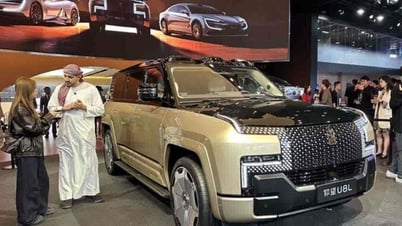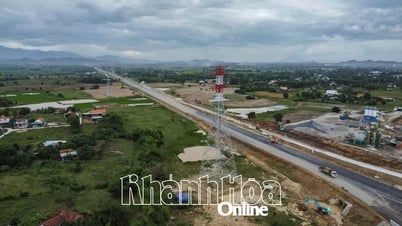Katrick Technologies' hexagonal Scottish Wind Turbine can be placed on top of buildings and produce energy even at low wind speeds.

Wind Panel turbine design by Katrick Technologies. Photo: Katrick Technologies
Glasgow-based startup Katrick Technologies is developing a revolutionary design for a bladeless, honeycomb-shaped wind turbine. Unlike traditional turbines, Katrick Technologies’ innovation consists of compact hexagonal blocks that resemble honeycombs and can be placed on top of urban buildings or integrated into existing structures, Interesting Engineering reported on December 23.
Conventional turbines come with logistical and financial challenges due to the large land area and maintenance requirements. In contrast, Katrick Technologies’ honeycomb turbines offer a sustainable and cost-effective solution, especially in urban environments. Katrick Technologies goes even further with the Wind Panel, a first-of-its-kind wind power generation technology that overcomes the limitations of conventional turbines.
The Wind Panel captures air over a wider range of speeds thanks to a unique design that includes aerofoil tubes. This is the result of a collaboration with the Manufacturing Technology Center (MTC). Katrick Technologies explains that the aerofoil tubes convert the kinetic energy of the wind into synchronous mechanical vibrations and convert them into electricity. Not only is this turbine compact, it also has an unobstructed view, thereby minimizing the impact on surrounding landscapes and wildlife.
The Wind Panel has undergone 51 tests lasting over 80 hours, with the prototype performing better than expected, producing 41.1 W of mechanical power at a wind speed of just 10.2 m/s. Its efficiency was also higher than expected, at 6.85%. Katrick Technologies is preparing for the next stages of commercialization, including wind tunnel testing that simulates a variety of environmental conditions. After testing, the company will consider necessary upgrades and final optimizations to bring the technology to market.
An Khang (According to Interesting Engineering )
Source link


![[Photo] General Secretary concludes visit to Azerbaijan, departs for visit to Russian Federation](https://vphoto.vietnam.vn/thumb/1200x675/vietnam/resource/IMAGE/2025/5/8/7a135ad280314b66917ad278ce0e26fa)
![[Photo] General Secretary To Lam begins official visit to Russia and attends the 80th Anniversary of Victory over Fascism](https://vphoto.vietnam.vn/thumb/1200x675/vietnam/resource/IMAGE/2025/5/8/5d2566d7f67d4a1e9b88bc677831ec9d)
![[Photo] Prime Minister Pham Minh Chinh meets with the Policy Advisory Council on Private Economic Development](https://vphoto.vietnam.vn/thumb/1200x675/vietnam/resource/IMAGE/2025/5/8/387da60b85cc489ab2aed8442fc3b14a)
![[Photo] National Assembly Chairman Tran Thanh Man chairs the meeting of the Subcommittee on Documents of the First National Assembly Party Congress](https://vphoto.vietnam.vn/thumb/1200x675/vietnam/resource/IMAGE/2025/5/8/72b19a73d94a4affab411fd8c87f4f8d)
![[Photo] President Luong Cuong presents the decision to appoint Deputy Head of the Office of the President](https://vphoto.vietnam.vn/thumb/1200x675/vietnam/resource/IMAGE/2025/5/8/501f8ee192f3476ab9f7579c57b423ad)









![[Video] Institute of Social Science Information celebrates 50th anniversary](https://vphoto.vietnam.vn/thumb/402x226/vietnam/resource/IMAGE/2025/5/8/541d6946f8a14ed3824d7a3edafc652c)















































![[Photo] Prime Minister Pham Minh Chinh talks on the phone with Singaporean Prime Minister Lawrence Wong](https://vphoto.vietnam.vn/thumb/402x226/vietnam/resource/IMAGE/2025/5/8/e2eab082d9bc4fc4a360b28fa0ab94de)

































Comment (0)